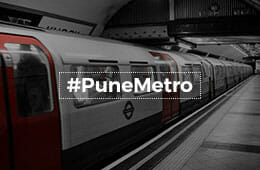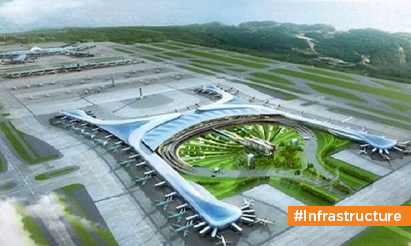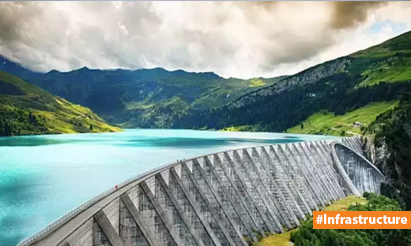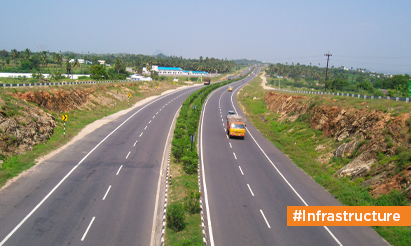Pune Metro : Connecting the Unconnected
Pune metro is aimed to combat the traffic and commuting problems for Punekars. Increased connectivity and comfort in commuting with a modern infrastructure, Pune Metro is taking up all the efforts to bring it into reality.
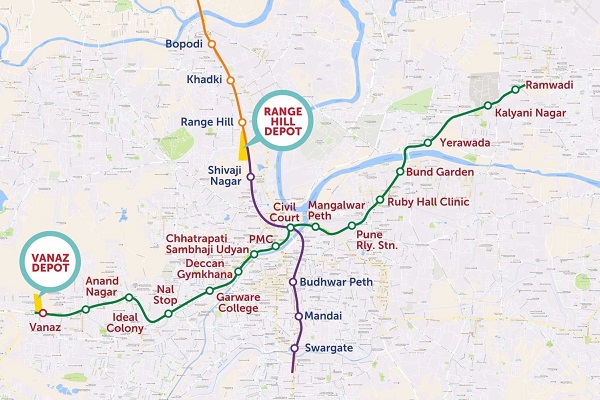
Many are excited and awaiting the launch of Pune Metro. Some people living in Pune believe that the metro will act as the backbone to the public transport and strengthen on various parameters. However, still, some are not enough aware or are unsure about whether it will really help the city. Let us try to dissolve your doubts and queries. So here are some facts and actual information provided by Pune Maha Rail to give you an insight into how this project will turn out to be!
Why the Metro is needed?
Being a metropolitan city, it is impending that Punekars are going to run out of the space available on the roads for commuting. Gradually, the traffic is getting worse and public transport isn’t really at its optimum level. The Metro can be a source to tackle these problems, and the report stated that almost 70% of reduction in traffic congestion will be observed once the project begins. It will as well help the youngsters, students, and professionals to commute hassle-free.
Pune Metro
The train will have a capacity of 1000+ commuters, and there will be a total of four coaches. The projected travel speed will be 30 kmph to 33 kmph. The operation time will be 19 hours, from 5 am to midnight. The collection of fares will be electronically with the help of smart cards or computerized paper tickets! 90% of the work has been completed and Pune Metro is all set to start in couple of years. Substantial infrastructure development in Pune has witnessed a boost in Real Estate. After Metro project, more boost is expected here.
What will be the distance?
There will be 2 major lines that will be responsible for the steady travel of the metro. Line 1 which is 17 Km PCMC- Swargate route and Line 2 which is 15 km Vanaz- Ramwadi route. Line 1 also has 5 underground stations.
How much fare?
There will be an integrated fare system that will facilitate limitless transfers. The fares, however, will vary based on the travel distance. MiCard (me card) will be the same card that is currently being used on the bus and BRTS systems run by PMPML. As per the estimations, the fares will be as follows- for 0-2 km (INR 10), for 2-4km (INR 20), for 4-12km (INR 30), for 12-18km (INR 40), for 18km (INR 50).
Challenges so far
The metro project was approved in 2012 itself, but the construction didn’t actually commence until 2016. Also, other problems are the alignment problems, the roads are unevenly elevated, and the risk of houses being rehabilitated is too high even if there are underground stations. Some people even feel that the project will harm the environment. But, what exactly will happen, that is yet to be seen!
The main objective of the National Urban Transport Policy is to provide people with sustainable mobility and accessibility to all citizens at affordable cost and within a reasonable time. It is universally agreed that a robust public transport system will play a crucial role in the decongestion of roads, minimizing pollution, and making mobility cheaper and faster across various areas in the city. Thus, making Metro an attractive means of transport to achieve these goals.
Disclaimer: The views expressed above are for informational purposes only based on industry reports and related news stories. Propertypistol does not guarantee the accuracy, completeness, or reliability of the information and shall not be held responsible for any action taken based on the published information.

